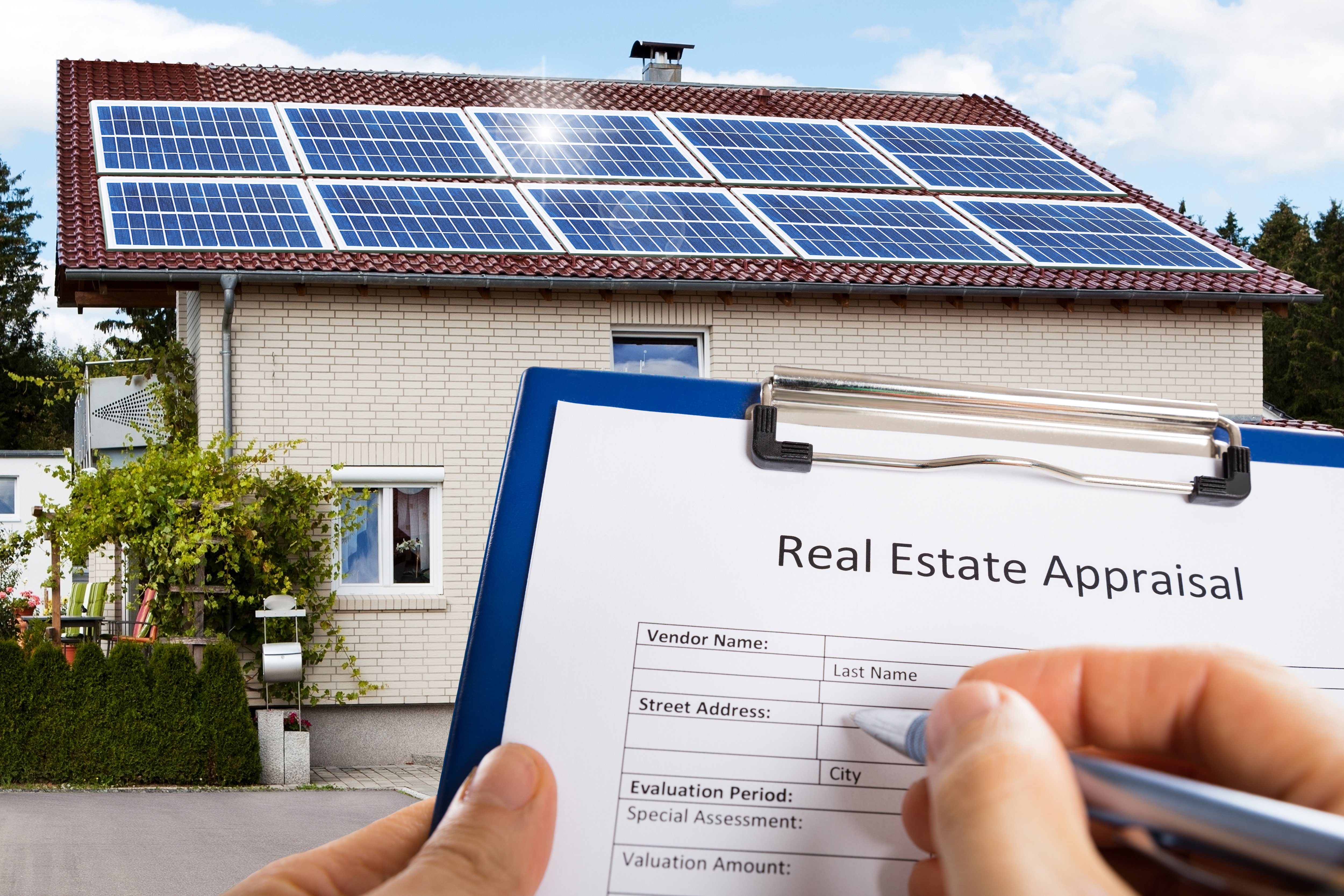In the absence of some natural disaster, which can decrease the immediate supply of homes, costs increase when demand tends to surpass supply trends. The supply of real estate can likewise be slow to react to increases in demand due to the fact that it takes a very long time to construct or spruce up a house, and in extremely developed areas there merely isn't any more land to build on.
Once it is established that an above-average rise in real estate costs is at first driven by a need shock, we must ask what the causes of that increase in demand are. There are numerous possibilities: An increase in general economic activity and increased success that puts more non reusable income in consumers' pockets and encourages homeownershipAn boost in the population or the demographic segment of the population entering the housing marketA low, basic level of rates of interest, particularly short-term rates of interest, that makes homes more affordableInnovative or new mortgage items with low preliminary regular monthly payments that make houses more inexpensive to brand-new demographic segmentsEasy access to creditoften with lower underwriting standardsthat likewise brings more buyers to the marketHigh-yielding structured mortgage bonds (MBS), as required by Wall Street investors that make more home loan credit available to borrowersA possible mispricing of danger by home mortgage lenders and home mortgage bond financiers that broadens the schedule of credit to borrowersThe short-term relationship in between a home loan broker and a borrower under which customers are in some cases motivated to take excessive risksA absence of monetary literacy and extreme risk-taking by home loan borrowers.
A boost in house turning. Each of these variables can combine with one another to trigger a housing market bubble to remove. Certainly, these elements tend to feed off of each other. An in-depth discussion of each runs out the scope of this short article. We merely point out that in basic, like all bubbles, an uptick in activity and rates precedes excessive risk-taking and speculative habits by all market participantsbuyers, customers, lenders, builders, and financiers.
This will happen while the supply of housing is still increasing in reaction to the previous need spike. In other words, need reduces while supply still increases, resulting in a sharp fall in rates as no one is left to pay for a lot more houses and even higher rates. This awareness of risk throughout the system is set off by losses suffered by homeowners, mortgage lenders, home mortgage financiers, and residential or commercial property financiers.

This frequently results in default and foreclosure, which eventually contributes to the existing supply offered in the market. A decline in general economic activity that leads to less disposable earnings, job loss or fewer readily available jobs, which decreases the need for real estate (what does arv mean in real estate). An economic crisis is especially hazardous. Demand is tired, bringing supply and need into equilibrium and slowing the rapid speed of house price appreciation that some homeowners, particularly speculators, depend on to make their purchases budget friendly or rewarding.
The bottom line is that when losses install, credit standards are tightened, simple home mortgage borrowing is no longer readily available, need reduces, supply boosts, speculators leave the market, and costs fall. In the mid-2000s, the U (how to become a real estate agent in ga).S. economy experienced an extensive real estate bubble that had a direct impact on causing the Great Economic downturn.
A Biased View of What Does A Real Estate Broker Do
Low rate of interest, unwinded lending https://www.ieyenews.com/tips-to-avoid-6-common-travel-scams/ standardsincluding incredibly low deposit requirementsallowed people who would otherwise never ever have had the ability to acquire a home to become property owners. This drove house prices up much more. However numerous speculative investors stopped purchasing because the danger was getting too expensive, leading other purchasers to get out of the market.
This, in turn, triggered rates to drop. Mortgage-backed securities were offered off in massive amounts, while home mortgage defaults and foreclosures increased to unprecedented levels. Too typically, house owners make the damaging mistake of presuming recent price efficiency will continue into the future without first thinking about the long-lasting rates of cost appreciation and the potential for mean reversion.
The laws of financing similarly mention that markets that go through periods of fast price appreciation or depreciation will, in time, go back to a cost point that puts them in line with where their long-lasting average rates of appreciation suggest they ought to be. This is understood as reversion to the mean.
After periods of fast rate appreciation, or in some cases, devaluation, they revert to where their long-term average rates of gratitude show they should be. Home price imply reversion can be either fast or progressive. House costs might move rapidly to a point that puts them back in line with the long-lasting average, or they might stay consistent up until the long-lasting average overtakes them.
The determined typical quarterly percentage boost was then applied to the starting worth displayed in the chart and each subsequent value to obtain the theoretical Housing Rate Index value. Too lots of home buyers use only recent cost efficiency as criteria for what they anticipate over the next several years. Based upon their unrealistic price quotes, they take extreme dangers.
There are numerous home mortgage items that are heavily marketed to customers and developed to be relatively short-term loans. Borrowers pick these mortgages based upon the expectation they will have the ability to refinance out of that mortgage within a particular number of years, and they will be able to do so due to the fact that of the equity they will have Click for more in their houses at that point.

All about How Long Does It Take To Get Real Estate License
Homebuyers need to look to long-lasting rates of home cost appreciation and consider the financial concept of mean reversion when making important funding decisions. Speculators ought to do the same. While taking dangers is not inherently bad and, in truth, taking threats is in some cases necessary and recommended, the secret to making a good risk-based choice is to understand and determine the risks by making financially sound price quotes.
An easy and important principle of finance is mean reversion. While real estate markets are not as based on bubbles as some markets, real estate bubbles do exist. Long-term averages offer an excellent indicator of where housing rates will eventually end up during periods of fast appreciation followed by stagnant or falling prices.
Given that the early 2000s, everyone from analysts to experts predicted the burst of the. So, even contestants on a game show could have trouble rapidly answering the concern concerning the date. The bubble didn't actually burst till late 2007. Typically, a burst in the real estate market happens in specific states or areas, but this one was various.
Generally, the real estate market does reveal indications that it's in a bubble and headed for a little problem (how to become a real estate agent in illinois). For instance: Starts with an increase in demand The boost is paired with a limited supply of properties on the market Viewers, who think in short-term purchasing and selling (called flipping), get in the market.
Need increases even more The market undergoes a shift. Need reduces or remains the very same as the housing market sees an increase in supply. Costs Drop Real estate bubble bursts The very same scenario took place leading up to late 2007. While the housing market grew in the bubble, residential or commercial property was often selling at overvalued rates from 2004 to the year before the burst.
